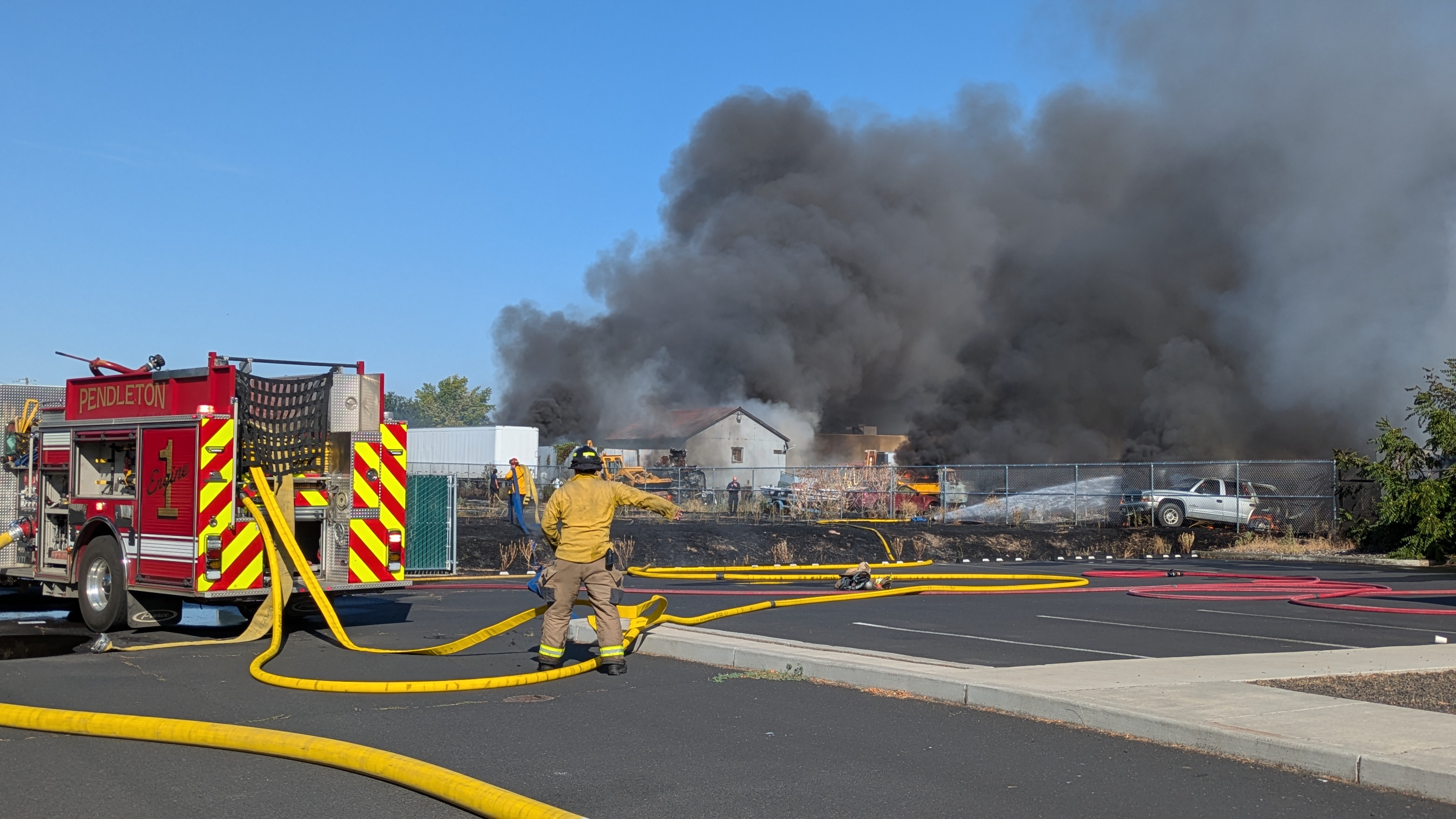Evolving technology changes work at electric cooperatives
Published 6:00 am Saturday, April 10, 2021

- A control room at Umatilla Electric Cooperative in Hermiston oversees operations and systems across the cooperative’s coverage area.
When Mitch Colvin started working as a lineman for Umatilla Electric Cooperative six years ago, he spent a lot of time looking at maps.
Trending
The maps, which crews hauled around in their pickup trucks, spanned two black binders, each several inches thick and much wider than a standard binder. When linemen needed to locate a specific utility pole or other infrastructure, they had to look up the right paper map out of thousands, then search the tiny numbers on the page, looking for the right one.
Now, everything is digitized and everyone has their own iPad.
“It speeds up the process a ton,” Colvin said. “You just type it in and it pulls it right up.”
Trending
The iPad not only pulls up the information that was previously contained in the maps, but also a treasure trove of other details, from the size of a transformer to the name and phone number of a customer associated with a meter. Linemen can also add information, such as photos, from on-site.
The Geographic Information System used to help crews pinpoint infrastructure in the field is overseen by Adelaide Zumwalt, GIS administrator for UEC.
At the cooperative’s Hermiston office, she toggled through different maps, showing an interconnected web of information.
On one map, little tree icons dotted UEC’s service area. The pins marked places where UEC employees used their iPads to note where they noticed a tree needs trimmed back from a power line, instantly making that information available to those in charge of vegetation management.
On another map, a grid of red squares marked where crews need to complete routine inspections on poles. When they complete the inspection, they can mark it off the list, turning that area green on the map, and note any maintenance that needs done.
Zumwalt said just a few years ago, that type of information was often on physical paper, making it much more difficult to keep track of, update and share between departments and crews. It was also difficult to spot trends. Now, with the click of a button an employee can sort maps of outage histories by cause, location, time or other factors.
“Before, there was no way to visualize this or analyze the data without a ton of work,” Zumwalt said.
Down the hall, System Operator Kathryn Kennington is stationed in a control room full of monitors. The amount of information displayed on the screens and the ease of monitoring it has changed significantly over the years of her career in energy, she said.
“We have a lot more information at our fingertips,” she said.
After UEC installed smart meters, for example, staff at the office gained the ability to “ping” a meter and check if it is on, without needing to send someone to physically look to see if a neighborhood has lights on.
Kennington said she has also seen how the GIS mapping has helped crews in the field respond more quickly to outages.
“The electronic mapping is definitely an improvement for newer linemen who don’t know the system as well,” she said.
Colvin agrees. On Wednesday, April 7, he was out on Southeast Ninth Street in Hermiston, overseeing work to extend power to a small subdivision being built along the road. In addition to making it easier to navigate, he said the iPads also help with simple things, like punching in work hours electronically instead of filling out and turning in a handwritten time sheet every day.
He said new power tools and equipment purchased in recent years have also saved linemen time. That’s time they need, he said. Hermiston, Boardman and other parts of Umatilla Electric Cooperative’s service area have been growing rapidly. That brings crews out to projects like the one Colvin was at on April 7.
“There are a lot of new subdivisions,” he said.









